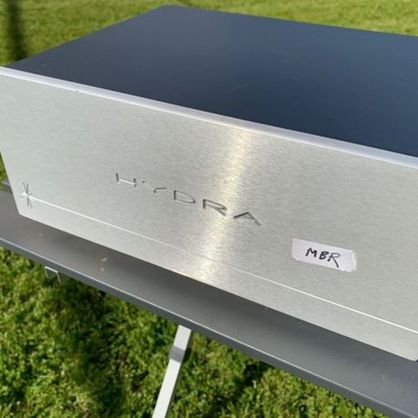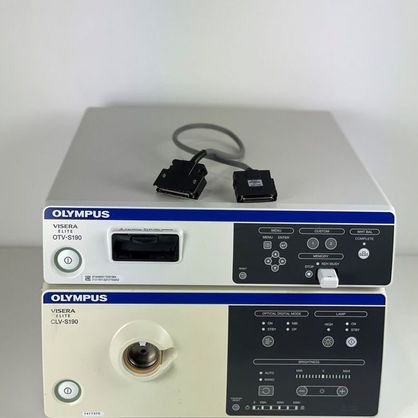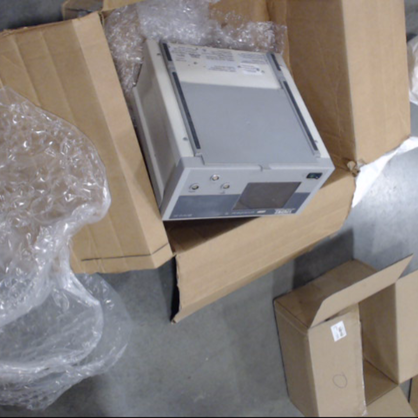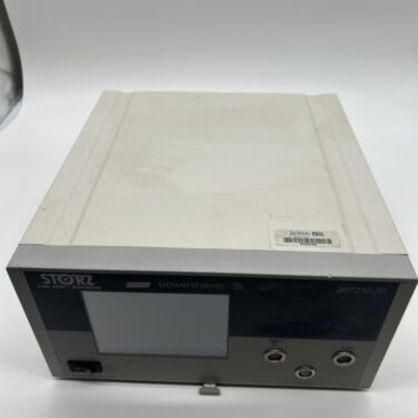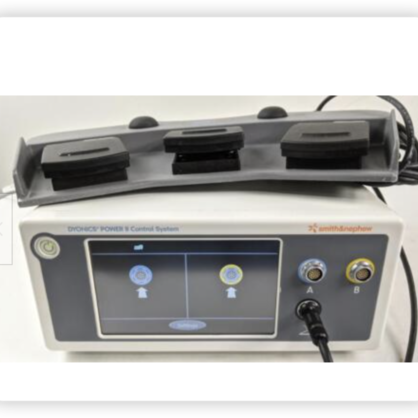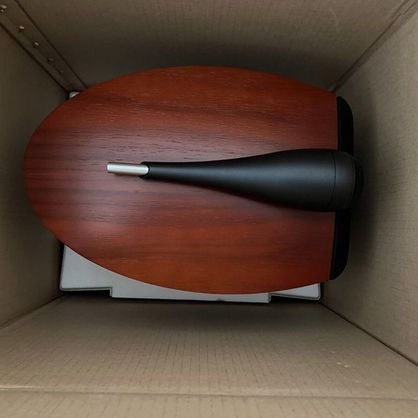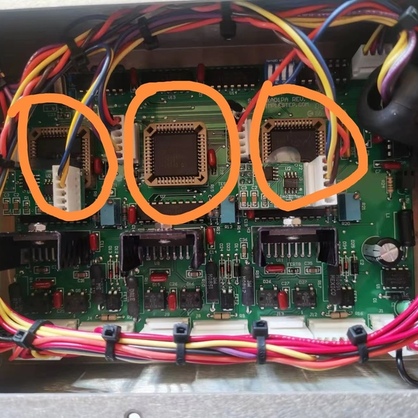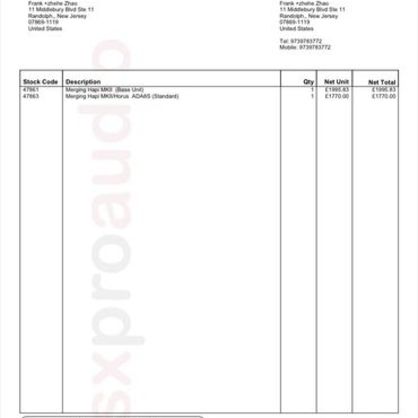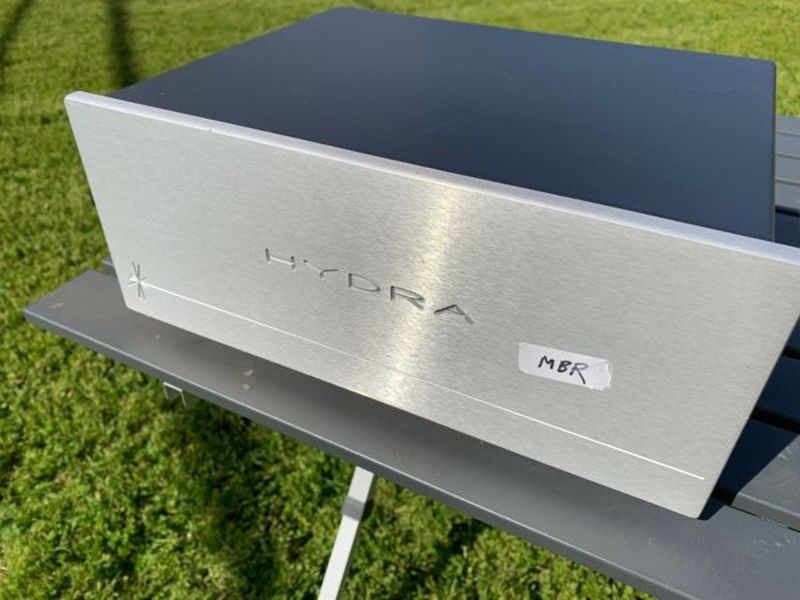mountz Shunyata Research Hydra 8
I have the Hydra Triton V3 with Typhon and DP6 in my reference system along with Hydras and venoms and defenders in my alternate music/video systems. Shunyata products are world class and offer clean power when you need it. Downsizing one of my rooms, so this needs a new home.
Used Shunyata Research Hydra 8 power/AC distribution. A few scratches, but works fine (please see pictures). You will hear darker, blacker background and clean power when your musical passages require more energy. One of the best bang to bucks you can do for a music system. Can be equated to an upgrade in your entire chain.
No box or manual. 20 Amp POWER CORD will be required (not normally sold with the Hydra 8)
Fixed, insured shipping will provide a safe delivery to your location. Local pick up preferred.
PayPal, please add 3%.
By Paul Bolin • Power-line conditioning and exotic power cords, once considered the lunatic fringe of tweaking, have become normal parts of audiophile life. Over the last several years Shunyata Research, founded by former NSA research scientist Caelin Gabriel, has established itself as a leading innovator in the area. The company's latest efforts include the Hydra Model 8 power-distribution center ($1995), for use with whole systems or front ends...
A number of months back, Shunyata's Grant Samuelsen sent me the Hydra 8 and enough of both types of Anacondas to outfit my entire system. The Hydra 8 is an entirely passive device that carries eight cryogenically treated, silver Shunyata Venom outlets—two are digital-specific and two are analog-specific—on the rear panel of its hermetically sealed box-within-a-box aluminum case. The space between the boxes is filled with "Fe-Si-1002 noise reduction compound," a "synthetically manufactured ceramic material that is similar in appearance to crystalline beads." Though Fe-Si-1002 is nonmetallic, Gabriel asserts that "it has a similar effect as ferrites in that it absorbs electromagnetic noise within its molecular structure." This wonder stuff is also claimed to absorb noise coming in through the wall outlet and the noise generated by the components plugged into the Hydra. The Hydra 8 is designed to operate at or near its capacity of 2400W continuously while generating no heat.
The Hydra's three-stage Trident Defense System begins with Shunyata's proprietary Venom filter—a four-element capacitive array that can absorb voltage spikes of more than 1000V as well as noise. The second line of protection is a six-element array of TMOVs that provide 6000V of overvoltage protection and up to 60,000 amps of peak current protection. Last is a Carling electromagnetic circuit breaker that "allows unimpeded current flow." This uses a separate current-sensing circuit—one outside the current path—and will trip in the event of overcurrents exceeding 20 amperes. The bus bars in the Hydra are machined from "the finest cryogenic-grade CDA-101 copper" and are more than 5" long and 1.5" thick. The Hydras contain no chokes, filters, or coils.
The effects of the Shunyata components will not be subtle in any good system. The Hydra 8 plus Anacondas setup brought consistently quieter backgrounds and intertransient silences, and a more relaxed and organized presentation with all of the components I tried with them. The consistency of the effect was especially impressive. Fine layers of haze and noise vaporized with the Shunyatas feeding my components. The power amplifiers stood alone in not being conditioned by a Hydra...
Shunyata's success in the professional audio field is a particularly impressive testimony to the efficacy of their products. Music-industry pros such as Doug Sax, James Guthrie, Peter McGrath, David Gilmour, and Rick Rubin have no time or money to waste on voodoo devices that don't deliver what they promise, and all of them use Hydras and PowerSnakes. One also sees Hydras and PowerSnakes in the rooms of many leading manufacturers at audio shows.
The Shunyata Hydras and Anacondas are the real deal—they do exactly what Gabriel claims for them. Adding them to an already high-performance system may well prove to be a more cost-effective sonic upgrade than replacing components. - Paul Bolin
You won't be disappointed!
